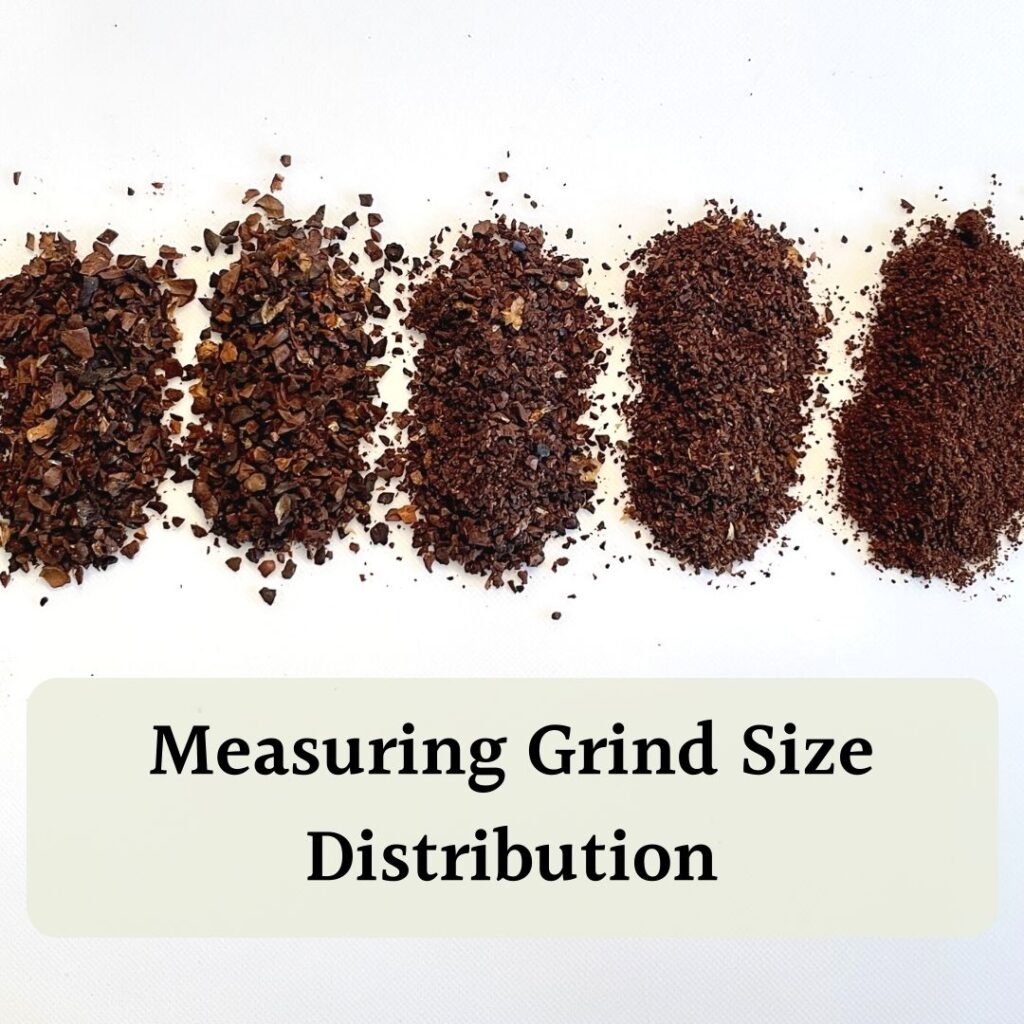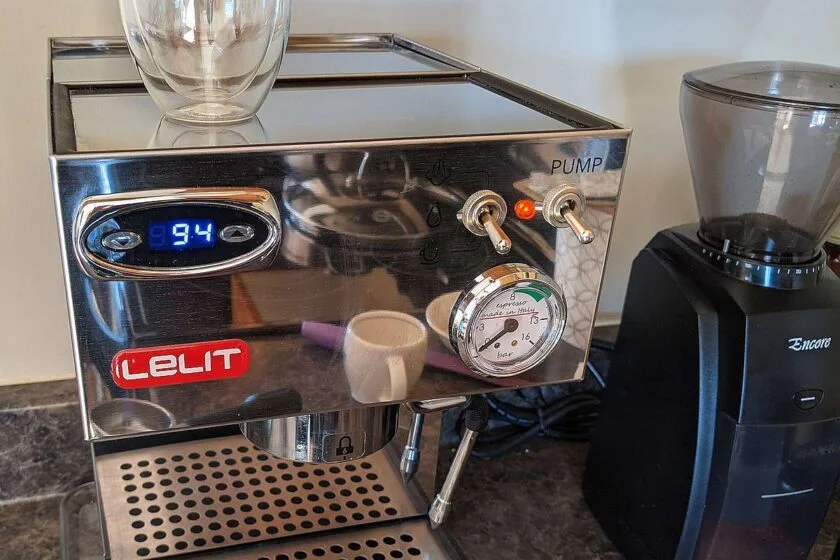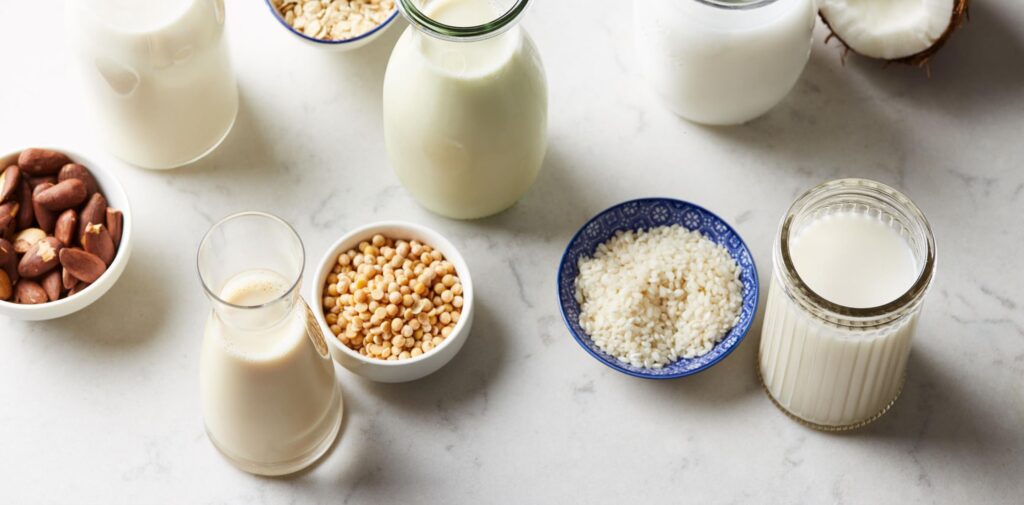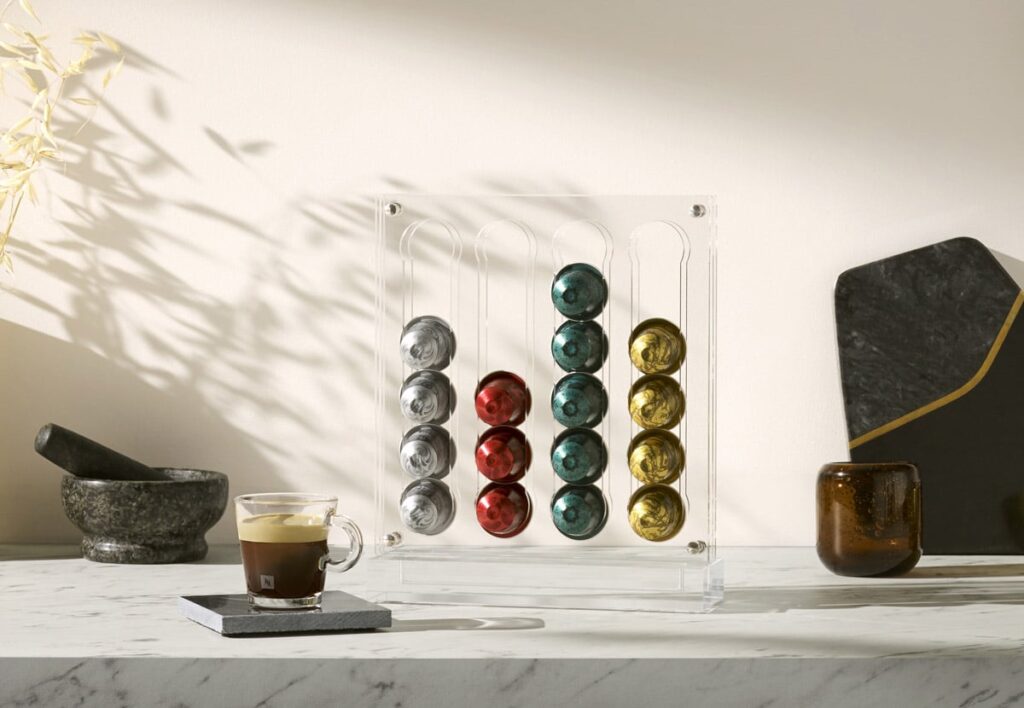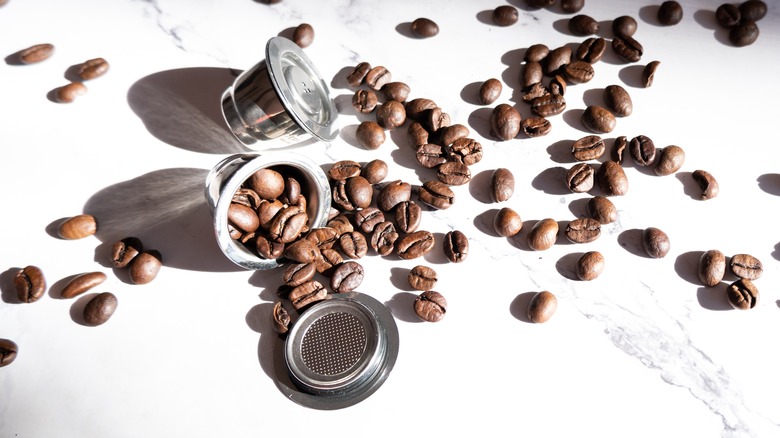By Jose Luis Surjan | Espresso & Latin Food Expert
Behind every perfect shot of espresso is a process that blends art, chemistry, and engineering. For the everyday coffee drinker, espresso may seem simple: press a button, get a shot. But to extract a rich,balanced, and flavorful espresso, there’s an entire world of solubles, water pressure, grind size, and flow dynamics happening in real time.

In this article, we’ll break down how espresso extraction works step-by-step—from the role of pressure and temperature to the molecular compounds that create crema, body, sweetness, and complexity.
What Is Espresso Extraction?
Image 1: A labeled diagram showing espresso being extracted from a portafilter
Image 2: Side-view cutaway of water flowing through a coffee puck
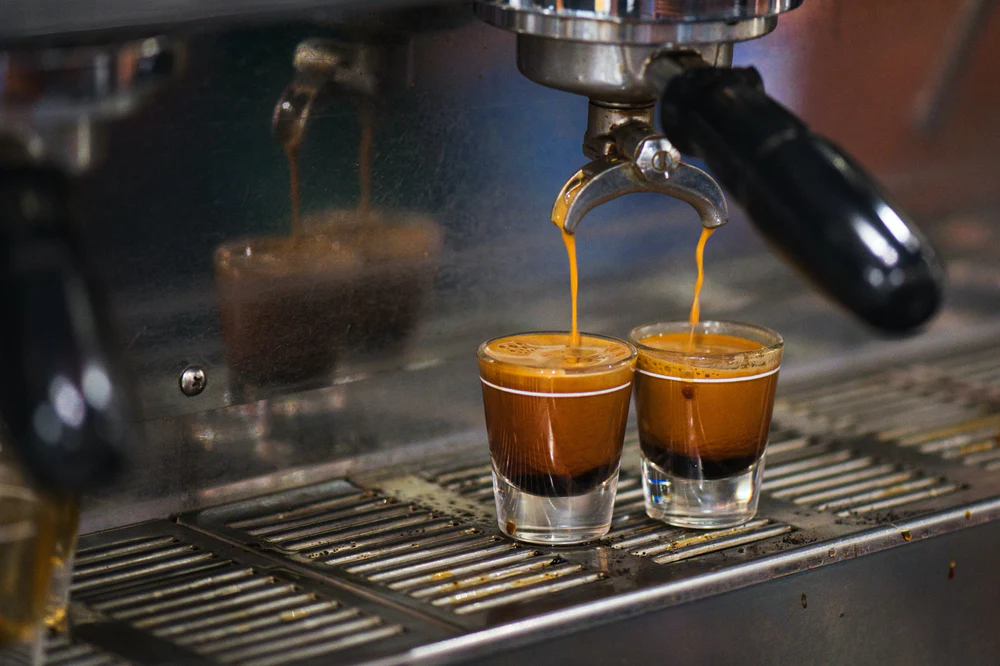
How Espresso Extraction Works: Definition and Context
Espresso extraction refers to the process by which hot pressurized water is forced through a compacted bed of finely ground coffee. This high-pressure environment dissolves and pulls out soluble compounds and emulsified oils, resulting in a highly concentrated beverage rich in flavor, aroma, and mouthfeel.
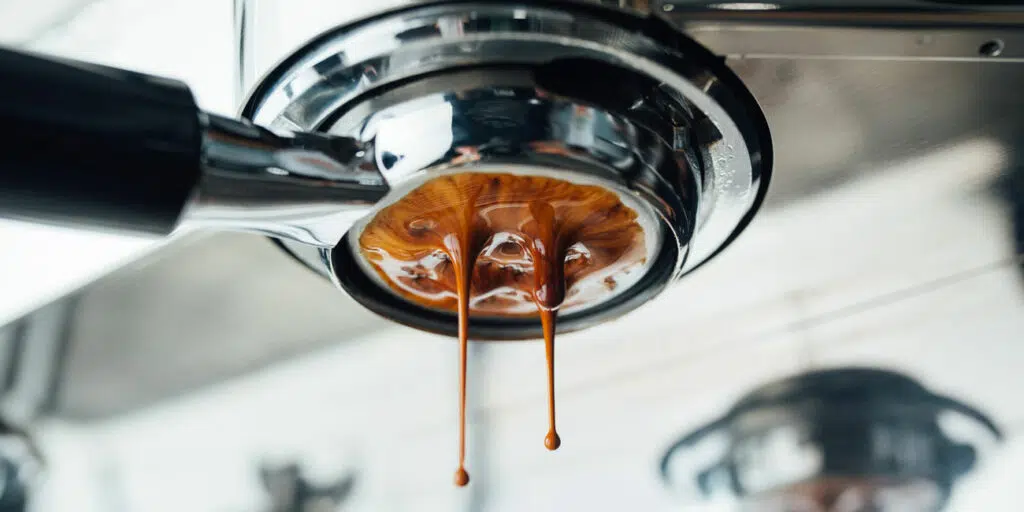
What makes espresso unique compared to other brewing methods is its speed, intensity, and ability to extract a large percentage of desirable compounds in just 25–30 seconds.
The Key Variables in Espresso Extraction
Espresso is built on a tight matrix of variables. Adjusting any one of them affects the overall quality and flavor of the shot.
Brew Ratio (Dose to Yield)
Brew ratio defines the relationship between the amount of dry coffee used (dose) and the liquid espresso pulled (yield). The standard ratio for espresso is 1:2, meaning 18 grams of ground coffee yields 36 grams of espresso.
Grind Size and Distribution
Grind size controls resistance. A grind that’s too coarse allows water to pass through too quickly, causing under-extraction. Too fine, and the flow chokes, causing over-extraction or channeling. Even distribution prevents inconsistent water paths.
Water Temperature
Ideal brewing temperature for espresso falls between 195°F and 205°F (90–96°C). Temperature too low results in sour, under-extracted espresso. Too high, and you’ll get bitterness and burnt notes.
Pressure and Pre-infusion
Espresso is typically brewed at 9 bars of pressure. Some modern machines use pre-infusion (low-pressure saturation) to reduce channeling and promote even extraction.
Extraction Yield and TDS: Measuring the Shot
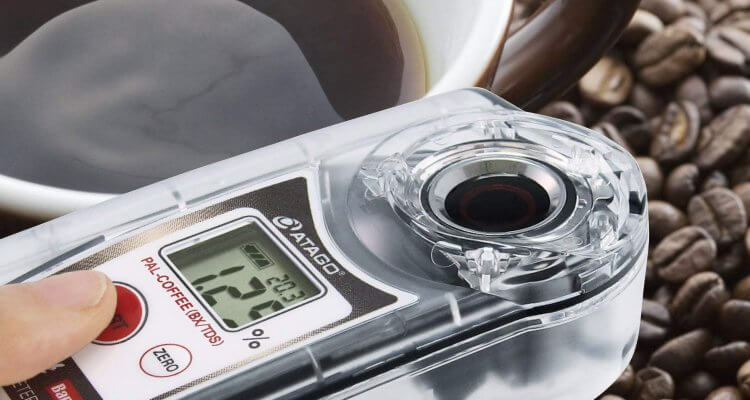
What Is Extraction Yield?
Extraction yield is the percentage of soluble coffee material removed from the grounds. For espresso, ideal extraction yield ranges from 18–22%. Under 18% = sour and weak; over 22% = bitter and hollow.
Total Dissolved Solids (TDS)
TDS measures the strength of a beverage. Espresso usually lands in the 8–12% TDS range—far stronger than drip coffee, which sits around 1.3%.
What Gets Extracted in Espresso?
Early Phase (0–10 seconds)
Mostly acids and bright notes. Extraction begins with citric, malic, and tartaric acids, sugars, and caffeine.
Middle Phase (10–20 seconds)
Brings body, sweetness, and Maillard compounds. This is where you find balance and complexity.
Late Phase (20–30 seconds)
Brings heavier oils, bitters, and chlorogenic acid lactones. Go too far, and bitterness takes over.
The Role of Crema in Extraction
Crema isn’t just pretty—it’s a chemical marker of freshness and a byproduct of carbon dioxide and emulsified oils. Beans roasted within 2–21 days tend to produce the richest crema.

Common Espresso Extraction Problems (and Fixes)
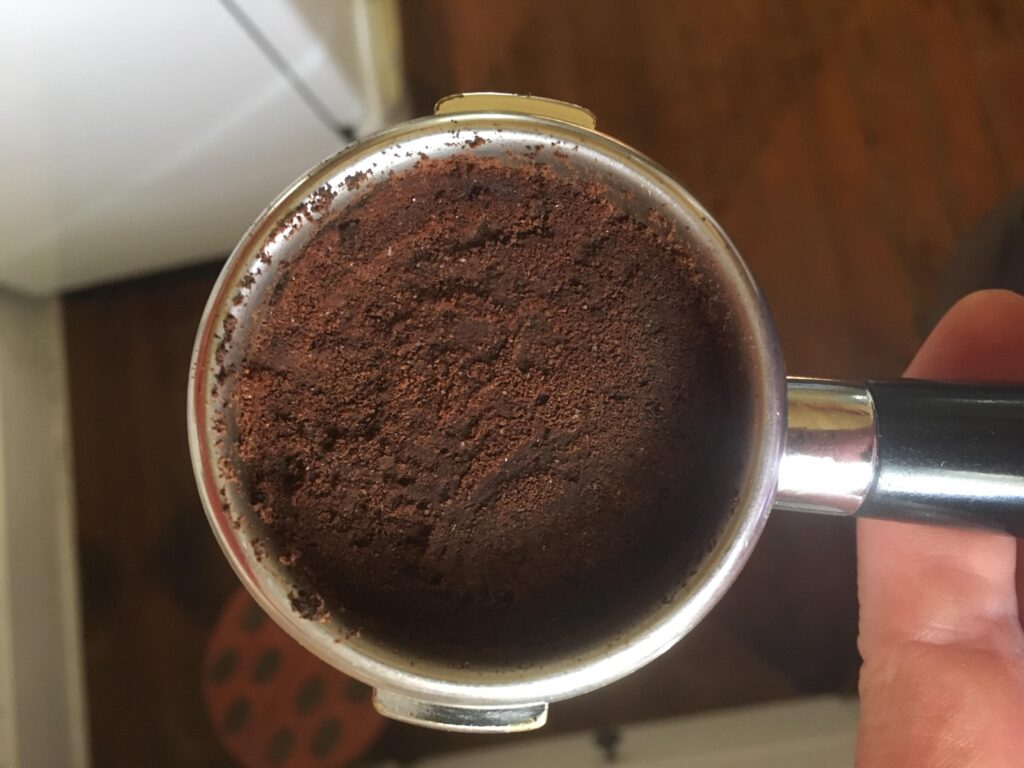
Under-Extraction
- Symptoms: sour, sharp, thin body
- Causes: coarse grind, low temp, fast flow, short time
- Fix: finer grind, increase brew time, raise temperature
Over-Extraction
- Symptoms: bitter, hollow, dry finish
- Causes: fine grind, too much coffee, long time
- Fix: coarser grind, reduce dose, shorten time
Channeling
- Symptoms: uneven crema, bitter & sour at once
- Causes: poor puck prep, bad distribution
- Fix: WDT tool, even tamp, check basket fill
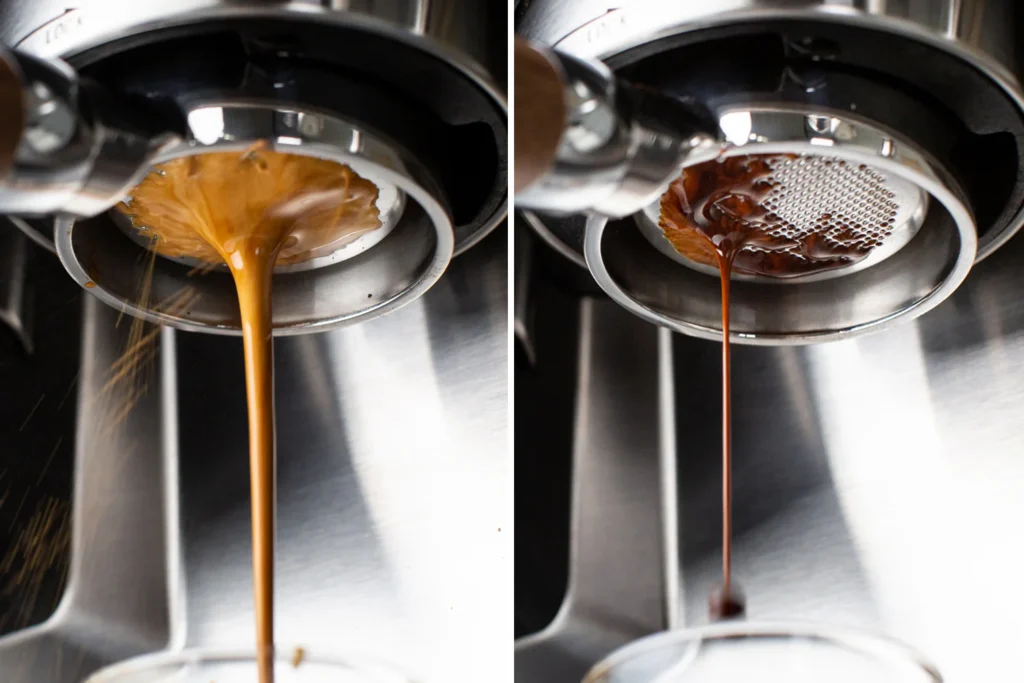
Advanced Techniques in Espresso Extraction

Credits to Five Senses Coffee
Pressure Profiling
Modern machines can vary pressure over time to emphasize different compounds. Lower pressure up front favors clarity and sweetness. High pressure later increases body and depth.
Temperature Surfing and Stability
PID controllers help maintain consistent heat, which affects every phase of extraction.
Final Thoughts: Espresso Extraction Is a Craft and a Science
Extraction is where your gear, technique, and bean quality all converge. It’s not about pulling any shot—it’s about pulling the right shot, with precision and consistency.
Every variable—grind, dose, water, time, temp—acts like a dial you can tune to shape your flavor. Mastering espresso extraction is a journey, but one that rewards you with one incredible cup at a time.
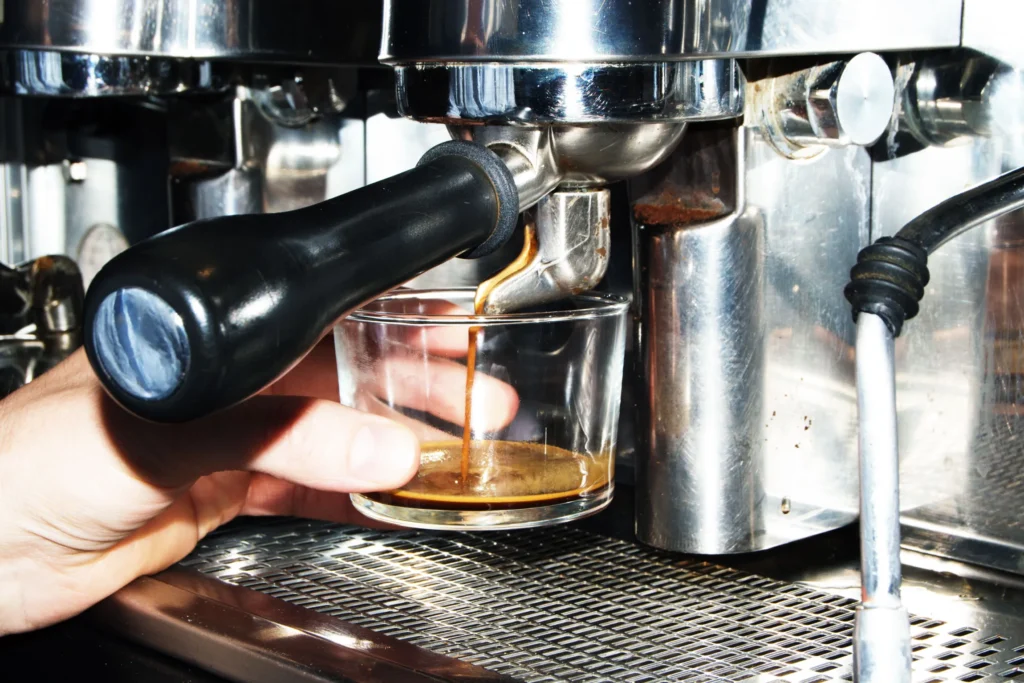
Written by Jose Luis Surjan
Espresso & Latin Food Expert
Disclosure: Our blog contains affiliate links to products. We may receive a commission for purchases made through these links. However, this does not impact our reviews and comparisons. We try our best to keep things fair and balanced, in order to help you make the best choice for you.


